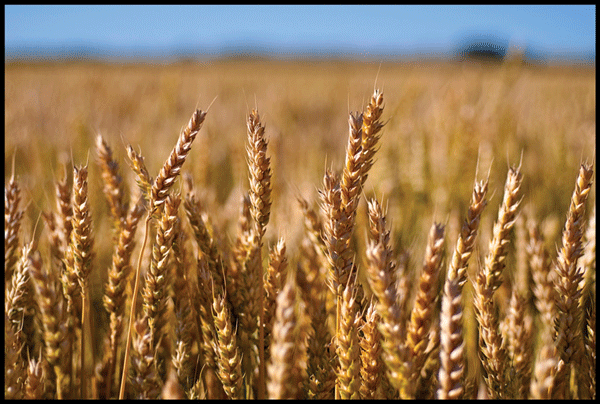
BY DONALD NYANDORO ZIMBABWE ranked lowly among key maize and wheat crops producing African countries due to the imposition of statutory instruments (SIs) without adequate consultation, a report has revealed.
According to the National Competitiveness Commission (NCC) report titled 2021 Zimbabwe Competitive Report (ZCR) released last week, the agriculture sector is being hampered by SIs enacted without proper consultations with experts in the sector.
“The procurement of grain is governed by SI 145 of 2019, which designate the Grain Marketing Board as the sole buyer of maize. The producer price for maize is normally set above import parity to incentivise production. This makes the end products relatively more expensive and uncompetitive. This is a similar case for wheat and soya beans. Zimbabwe does not compare well with other countries, in terms of productivity of key cereal crops,” the report revealed.
The NCC said the competitiveness of Zimbabwe in the domestic, regional and international markets is influenced by prices of goods and services which are influenced by production costs.
“A cost base adversely affects competitiveness of successive industries in the value chain, thereby negatively affecting the general prices of goods and services,” the report stated.
The competitiveness of the agriculture sector is mainly determined by crop productivity and access to domestic and foreign markets.
“The sector’s competitiveness is anchored on climate proof agriculture, mechanisation, enhanced training of extension workers and farmers on new farming technologies, which is expected to increase the value of output from the US$5,8 billion in 2020 to US$8,2 billion by 2025,” the report noted.
It added that because the Zimbabwean economy is agro-based, agriculture is a critical sector which has forward and backward linkages with industry and potential to contribute over 15% of the gross domestic product.
- Chamisa under fire over US$120K donation
- Mavhunga puts DeMbare into Chibuku quarterfinals
- Pension funds bet on Cabora Bassa oilfields
- Councils defy govt fire tender directive
Keep Reading
“The sector is dominated by smallholder farmers who constitute 70% of the total. Agricultural activities provide employment and income for 60-70% of the population, supply 60% of the raw materials required for industry, and contribute approximately 20% of all export earnings,” the report revealed.
Major drivers of the agricultural output are tobacco, timber, maize, sugar cane, cotton, fisheries and livestock production.
In recognition of the importance of information communication technologies, NCC said it was essential for farmers to be connected to the internet to penetrate new markets.
“Internet and digital technology continue to play an increasingly important role in business, especially in the wake of the COVID-19 pandemic where access is no longer a luxury, but a lifeline,” NCC said.
The NCC is a statutory body established by an Act of Parliament [Chapter 14:36], which entered into force in 2017.
Among its functions, it is mandated to produce annually benchmarked competitiveness reports and the 2021 ZCR was its first report since 2017.
- Follow Donald on Twitter @DonNyandoro






